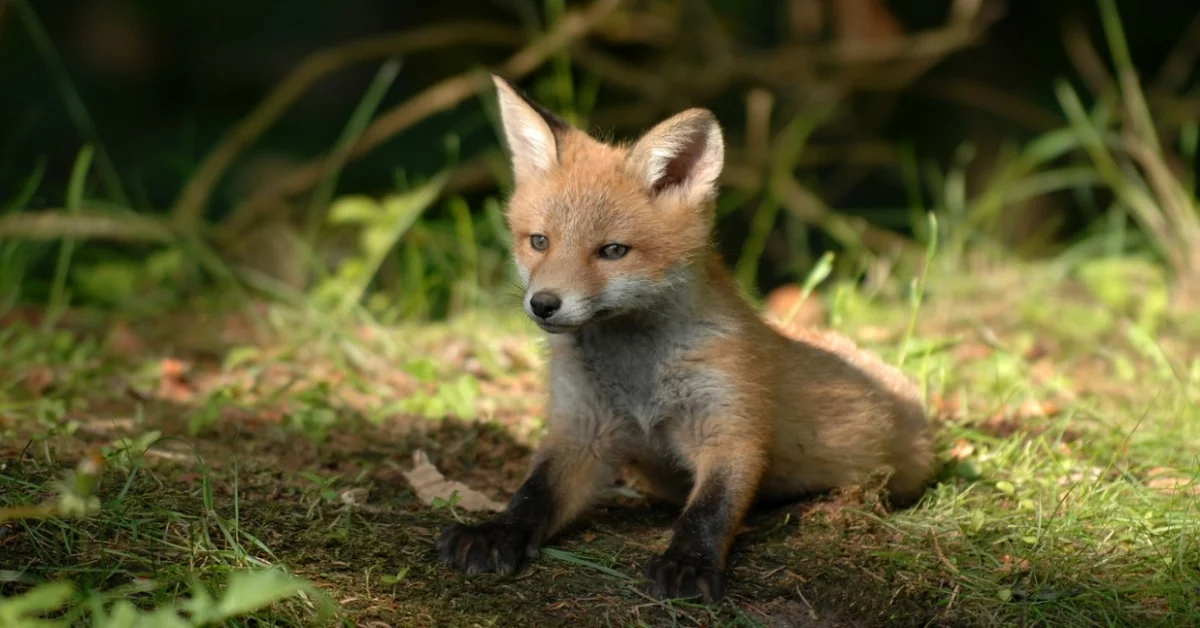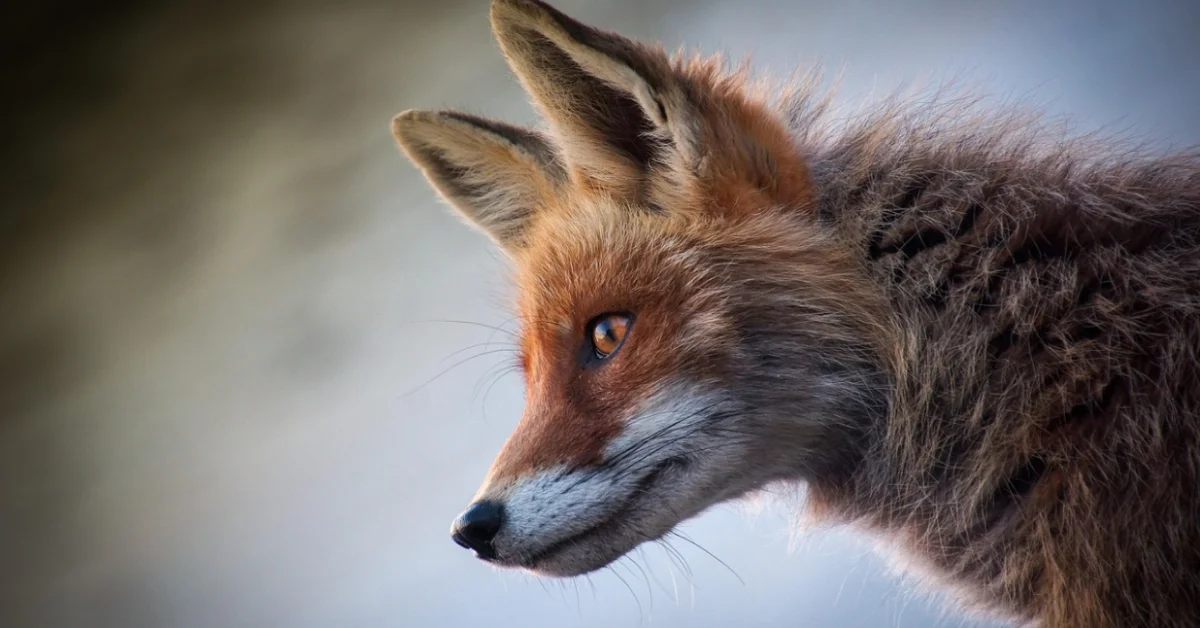Fox
Foxes are fascinating carnivorous mammals belonging to the Canidae family. The red fox (Vulpes vulpes) is the most widespread species, found across…
Foxes are fascinating carnivorous mammals belonging to the Canidae family. The red fox (Vulpes vulpes) is the most widespread species, found across Europe, Asia, North America, and introduced in Australia. Known for their cunning nature, foxes exhibit remarkable adaptability, thriving in diverse habitats from Arctic tundra to urban areas. With their distinctive features, including pointed ears and bushy tails, foxes are opportunistic omnivores, primarily feeding on small mammals, birds, and fruits.
Fox Facts Overview
| Height: | 14-20 in |
| Length: | 18-35 in (body), 12-22 in (tail) |
| Weight: | 3-14 kg |
| Top Speed: | 45 mph |
| Food: | Meat, fruit, insects |
| Color: | Red, white, black (varies) |
| Location: | Worldwide (except Antarctica) |
| Predators: | Wolves, coyotes, eagles, humans |
| Lifespan: | 3-4 yrs (wild), 14 yrs (captive) |
| Habitat: | Forests, grasslands, cities |
| Gestation: | 49-58 days, 2-12 pups |
Interesting Facts
Red foxes are incredibly adaptable, thriving in diverse habitats from Arctic tundra to urban areas. They’re known for their cunning nature and variable coat colors, including red, black, and silver. Remarkably, they can reach densities of over four per square kilometer in large cities. With their opportunistic diet and complex social structures, red foxes have successfully expanded alongside human development.
Description
Foxes are small members of the canine family, typically weighing less than 15 pounds. Their primary hunting sense is smell, followed by hearing, with sight being the least developed. Foxes are opportunistic omnivores, adapting their diet seasonally.
Characteristics
Foxes exhibit complex social structures within family units, with flexible hierarchies influencing resource access. They communicate status through body language and vocalizations, with dominant foxes displaying erect tails and upright postures. Play fighting among cubs develops physical abilities and establishes social ranks. Seasonal changes can alter group dynamics, leading to dispersal of younger foxes.

Distribution
Red foxes are widely distributed across various environments, from urban areas to remote mountains. In urban settings, they adapt to human presence, often benefiting from increased food availability. However, some populations, like the Sierra Nevada red fox, face endangerment due to habitat destruction and climate change. Their range spans multiple continents, with populations adapting to diverse climates and human impacts.
Lifespan
While the reference content doesn’t provide specific information about fox lifespans, it does mention the significance of the nine-tailed fox in Japanese mythology. This mythical creature symbolizes longevity and accumulated wisdom, suggesting that foxes are associated with a long life in some cultural contexts.
Predators
Foxes face threats from larger canines, particularly coyotes, which have contributed to population declines in some regions. However, red foxes have adapted by seeking refuge in human-made structures and adjusting their hunting patterns. In the Arctic, the fox’s white-blue winter coat provides camouflage against predators.

Habitat
Foxes demonstrate remarkable adaptability, thriving in various environments including forests, grasslands, mountains, deserts, and even urban areas. Their ability to adjust to different ecosystems is evident in species like the Arctic fox, adapted to cold climates, and the fennec fox, suited for desert life.
Diet
Foxes are opportunistic omnivores, adapting their diet to available food sources. They primarily consume small mammals like rabbits and rodents, but also eat birds, insects, fruits, and berries. In urban areas, foxes may scavenge human food waste. Their varied diet contributes to their adaptability and survival in diverse habitats.
Behavior
Foxes are known for their intelligence and adaptability. They exhibit both nocturnal and crepuscular behavior, being most active during twilight hours. Foxes are usually solitary animals but may form small family groups. They communicate through tone, body language and scent marks. Their playful nature is often observed, especially in young foxes.
Reproduction
Fox reproduction typically occurs once a year, with mating season in winter. Gestation lasts about 53 days, after which females give birth to litters of 2-12 kits. Born blind and deaf, the kits remain in the den for several weeks, relying on their mother’s care. Males assist in raising the young, bringing food to the den.
Scientific Classification
| Kingdom: | Animalia |
| Phylum: | Chordata |
| Class: | Mammalia |
| Order: | Carnivora |
| Family: | Canidae |
| Genus: | Vulpes |
| Scientific Name: | Vulpes vulpes |
Animals for You
References
1. Fox Wikipedia Article – https://en.wikipedia.org/wiki/Fox

